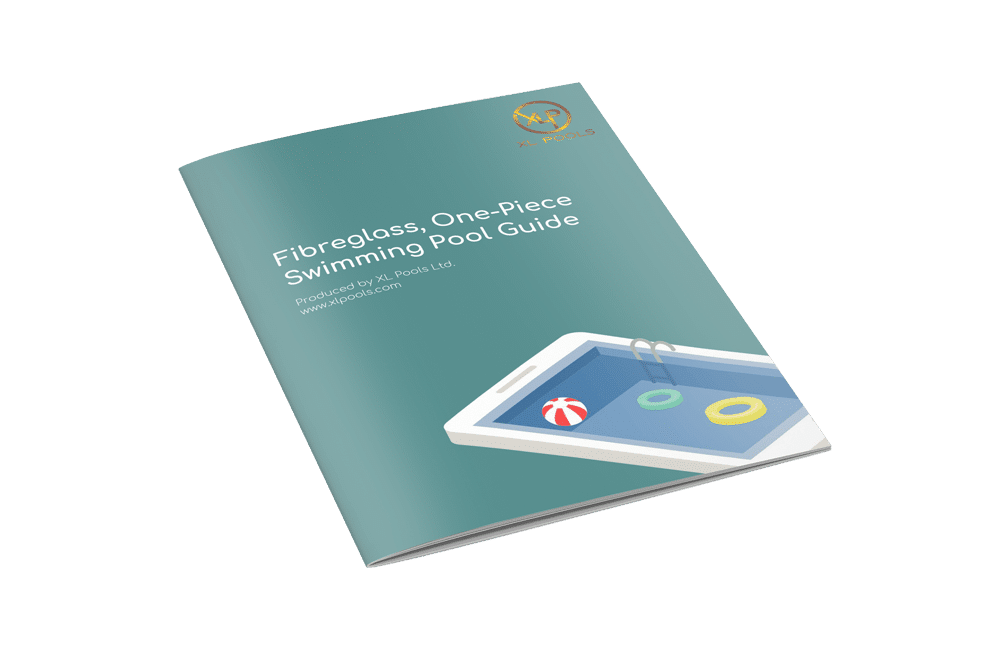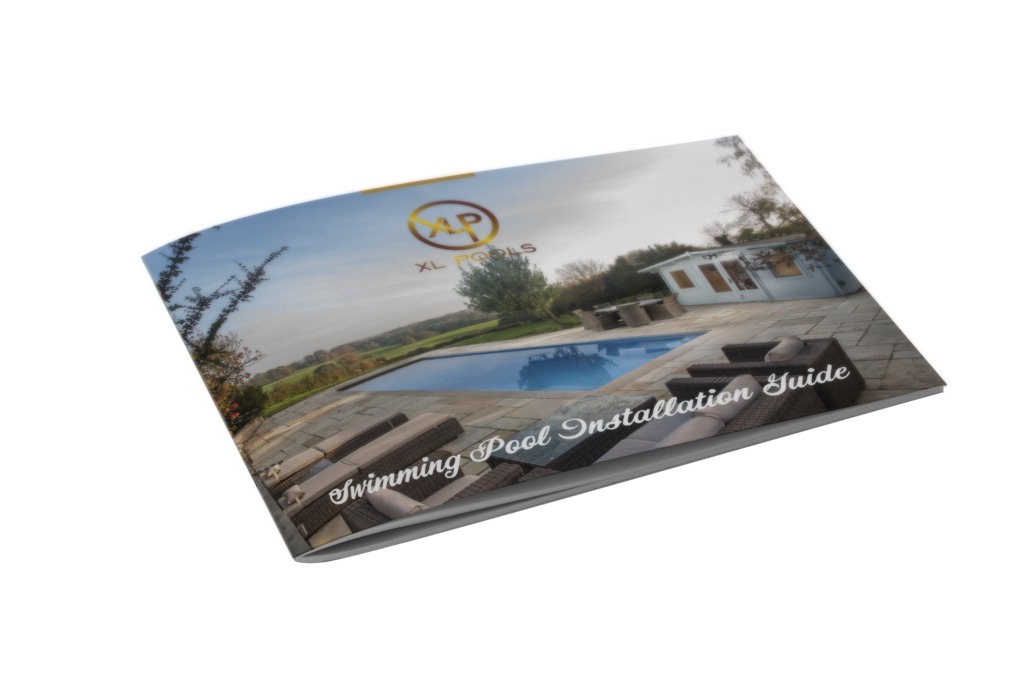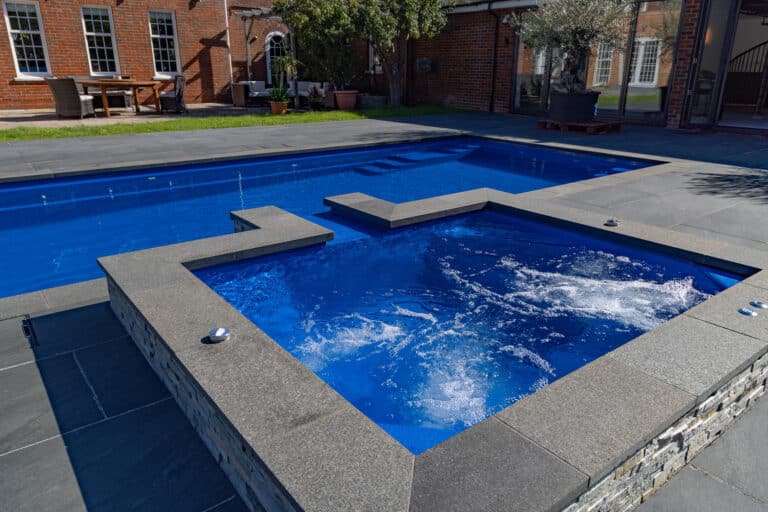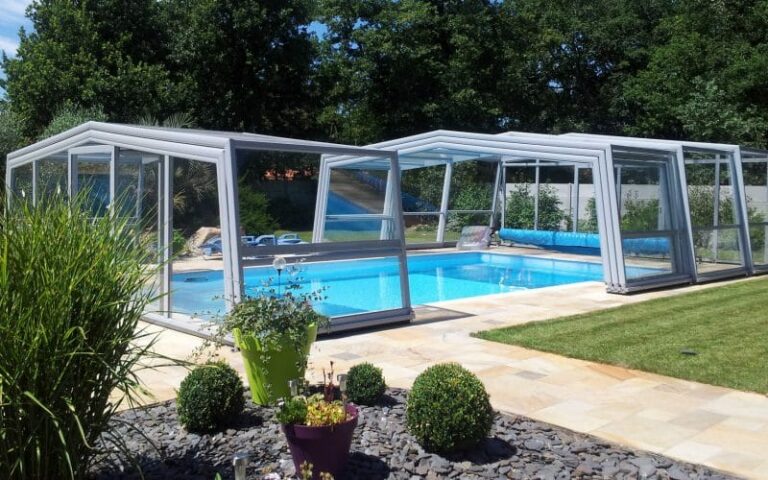With the summer coming to a close and the nights drawing in, it’s time to reluctantly begin thinking about preparing your outdoor swimming pool for the winter. You may not actually need to do this until the end of September or even October, depending on how chilly you’re prepared to get before you stop using the pool, but it’s always good to be ready and familiar with the procedure. Over the next few weeks, we’ll describe the process of closing down your outdoor pool to prepare for the winter season, or ‘winterising’, as it’s sometimes known. This week, we’ll concentrate on draining down your equipment to protect against frost damage.
Preparing Pool Equipment For Winter
Your swimming pool filtration, pump and heater will each have a drain plug at the bottom to allow you to remove the water from within the equipment. It’s important to do this as well as disconnect each individual piece of equipment from the pool’s plumbing, so that there is no damage caused by frost or freezing of water left inside. Clean the filter thoroughly and ensure that everything is empty and dry before storing for the winter.
You’ll also need to empty and dry the plumbing associated with the pool if you’re disconnecting the equipment, so that water left inside can’t freeze and cause problems. You can use a vacuum to blow air through the pipes, and expansion plugs to close the lines at the pool end so that water cannot re-enter. If you don’t drain your pipes, you’ll need to add antifreeze to them directly according to the manufacturer’s instructions.
Using A Frost Stat
As an alternative to draining everything down, you could choose to install a frost stat on your swimming pool pump. This piece of equipment will detect when the air temperature falls below a particular level (most people set it to zero) and will then activate the pump to circulate the water and prevent freezing. You might choose to use a frost stat rather than draining the equipment and lowering the water level of the pool itself if you have an automatic pool cover that could be damaged if the water level gets too low, or for in-ground pools to avoid the complicated process of working out exactly how much water it is safe to drain from the pool. You’ll use more energy if you do opt for this method of winterising, as the swimming pool pump will be running at times, but you may find it a more effective and convenient way to maintain your pool over the colder months. You can buy a frost stat for under £100, which is a great investment to ensure your pool and equipment stay in good condition all year round.
Photo Credit:
Pierre__Arnaud via photopin cc







